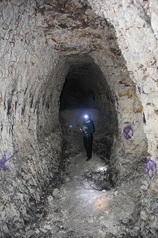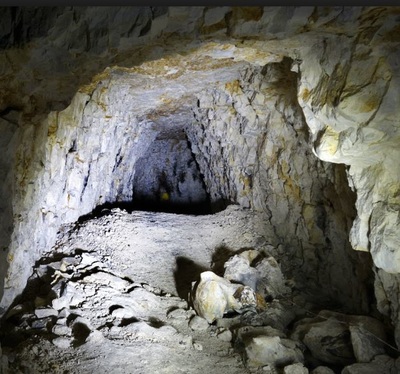history of danby wood
How Danby Wood has evolved:
|
Danby wood is one of eight local nature reserves in Norwich. It forms part of a network of natural green spaces in the city, and includes woodlands and meadows. Giving us an opportunity to walk, play, watch wildlife or just enjoy some fresh air. These green spaces add to the biodiversity (the variety of life, from tiny bugs to huge oak trees) of the city. A city rich in biodiversity is a cleaner, healthier environment for all. Today these sites are actively managed to retain their conservation importance.
|
The area that we now know of as Danby Wood was originally known as Harford Hills and as we can see on Fadens Norfolk map of 1797, it is shown to have a lime kiln on the site, with work thought to have started from 1790 but it is possible that some form of lime quarrying took place before then. Areas of Norwich had been mined for chalk and flint since at least the 12th century.
|
The 1883 Ordnance Survey map shows a significant settlement at Harford Bridges lime works. Several lime pits, tanks, a draw well and other buildings are shown and there is an area near the Ipswich Road marked as 'brickworks'
Up until the early 1900s Danby Wood was still a working quarry, an industrial site where chalk was dug from tunnels or from the valley sides and turned into lime. The steep sides of the quarry are still visible today and underground there is a network of sealed tunnels, some of which run under the Eaton golf course. Part of this labyrinth of tunnels was used more recently as the Eaton Auxiliary Unit Patrol hide during the Second World War. In 1919 the site was purchased by Norwich Corporation (now Norwich City Council). Quarrying finished in the 1930s and thereafter the site has been taken over by Mother Nature and colonised by trees and plants. The 4.5 hectare known as Danby Wood was declared a local nature reserve in 1984. |
|
1921 view from Eaton Golf Course (current 7th green) looking towards Danby Wood and lime kiln workings in centre and left
|
Entrance to the cave - now closed.
|
In the 1990s a management plan was drawn up for Norwich City Council. The aims were to create and maintain an uneven aged tree structure with enhanced glades and paths to encourage sympathetic use by the public.
It is not known for sure when the name Danby Wood was adopted but possibly the name came about when Eaton Rise was built during the 1950's and the names were given to the roads, Danby Close being the nearest road to the wood. The name was used in recognition of the Irish born artist Francis Danby 1793-1861 who was a contemporary of John Constable




